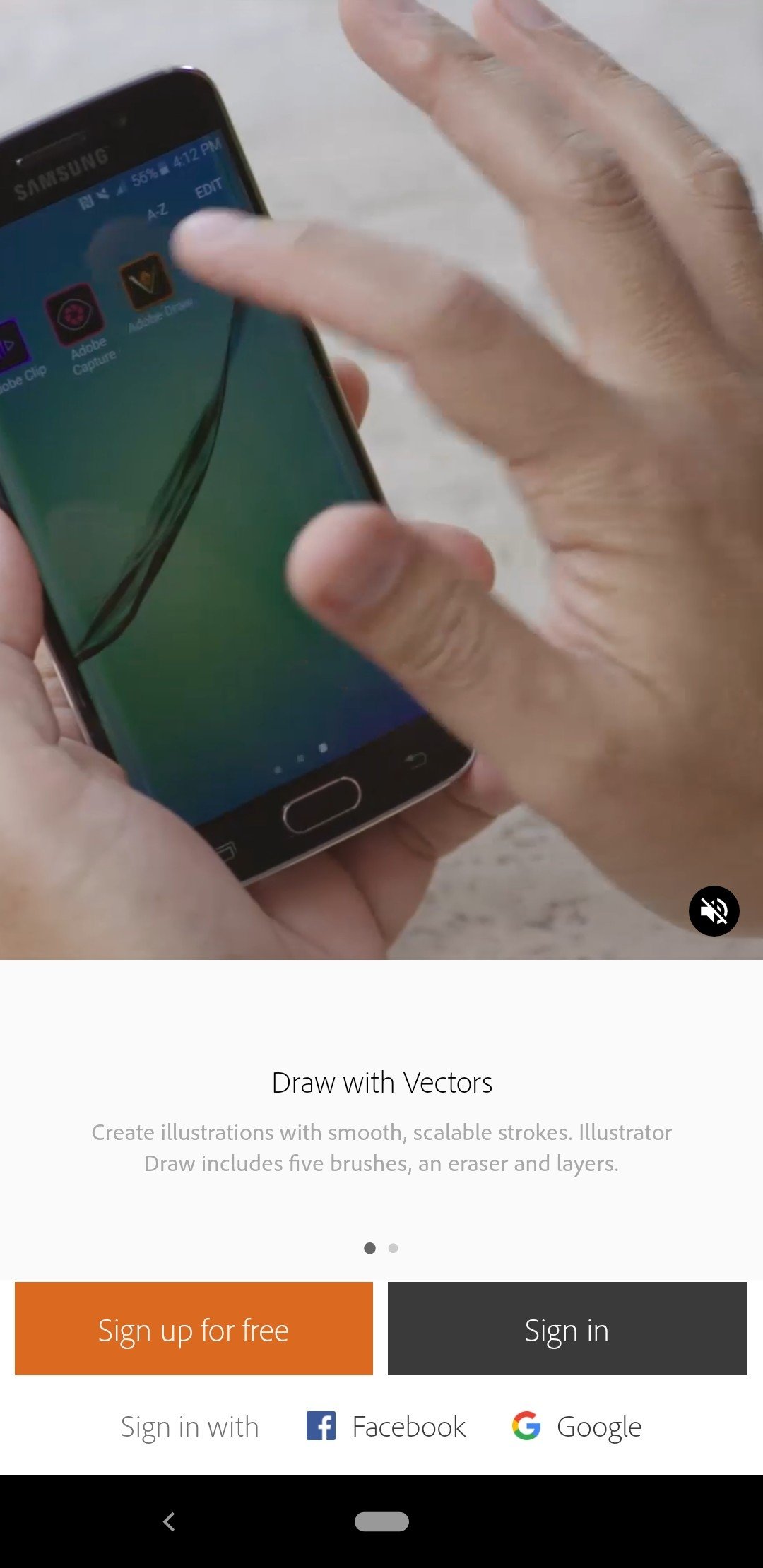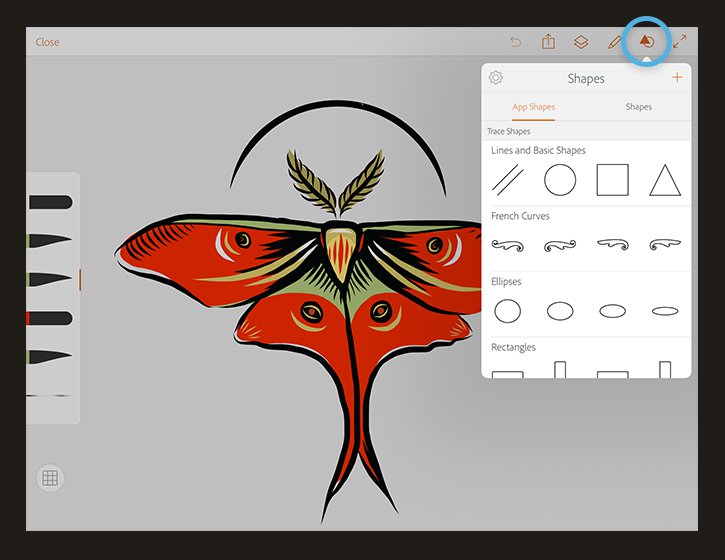
Accurate will yield more anchor points while smooth delivers less.

This is determined based on a slider ranging from “accurate” to “smooth”. In the Paintbrush Tool Options dialog box, you can alter the Fidelity and Options.įidelity controls the distance that you have to move your pen to add new anchor points to a path. You can modify the Tool Options by double tapping on the Paintbrush tool in the toolbox. Pressing the pen lightly to the tablet produces a thin stroke, while pressing the pen harder to the tablet produces a wider stroke.Īnother consideration is the behavior of the Paintbrush Tool itself. Now, drawing with the Paintbrush tool and your Wacom pen should yield a more true-to-form brush stroke. In doing this, you set a smaller brush size based on the lightest touch of your pen to the tablet and a larger brush size based on a heavier touch.

If you are familiar with brushes in Photoshop, this panel may look a bit sparse. Select the tool from the toolbox, and then chose a brush from the Brush Panel.This method offers a more familiar drawing experience, particularly with a Wacom tablet. When you use the Paintbrush Tool however, you simultaneously apply a brush stroke as you draw. You create these paths using any number of tools, such as the aforementioned Rectangle Tool, Line Tool, etc. In most instances, drawing in Illustrator involves creating vector paths and then applying various brushes to those paths to achieve a desired appearance. Both possess unique behaviors, which are beneficial for different approaches to drawing. There are two different brush tools in Illustrator: The Paintbrush Tool and the “Blob Brush Tool”.


 0 kommentar(er)
0 kommentar(er)
